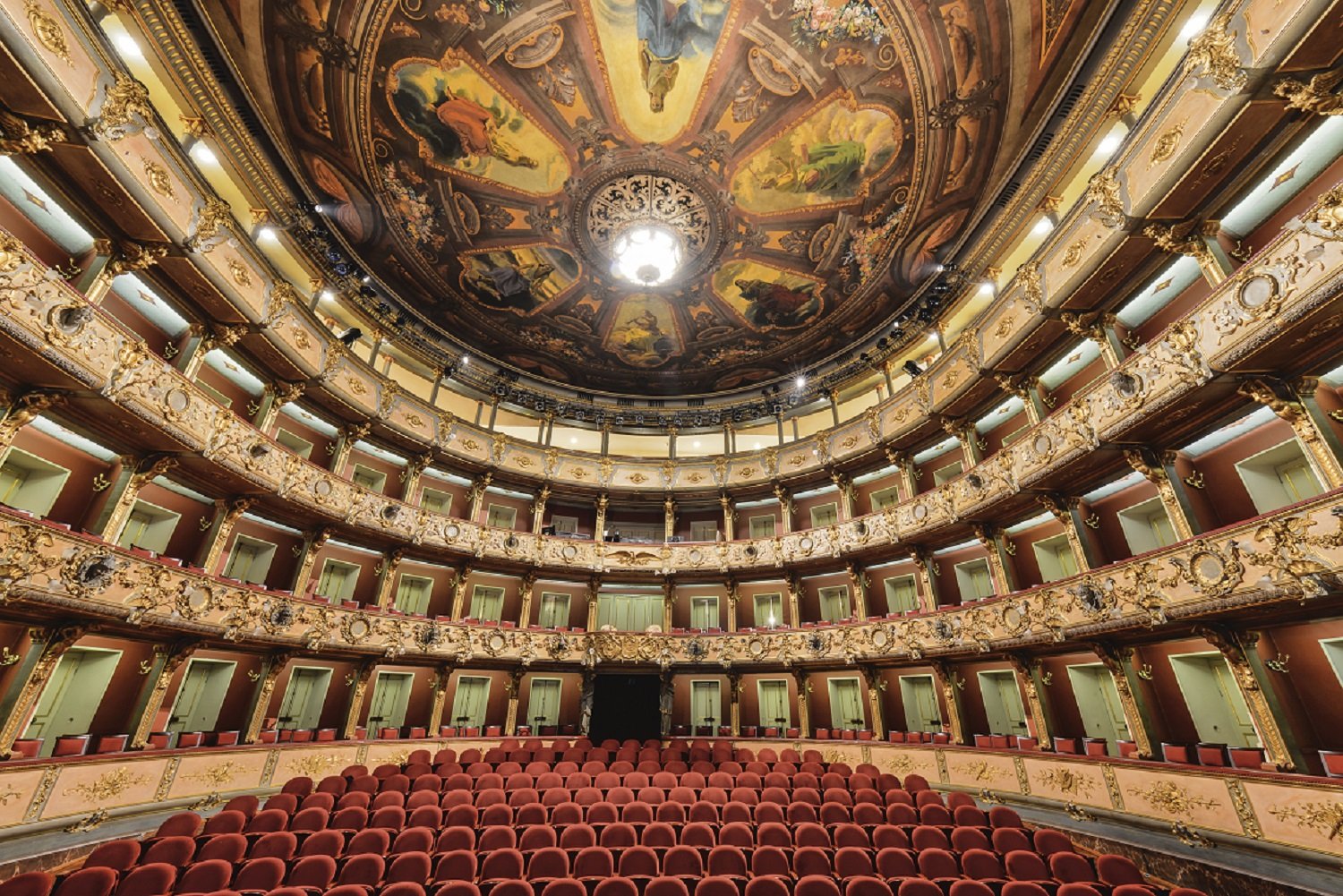Context on Argentina
Government
The country is a representative federal and democratic republic, with Buenos Aires as the Federal Capital and 23 provinces.
The national president and vice president, as well as the head of government of the city of Buenos Aires, the provincial governors, and the members of the legislative bodies are chosen by the universal, secret, and compulsory vote of citizens above the age of 18. Presidential reelection is allowed for one consecutive four-year period. Our current president is Javier Milei of the “La Libertad Avanza” party, inaugurated in December 2023. His current vice president is Victoria Villaruel.
Economy
Argentina’s GDP is US$564.28 billion (2022), with a per capita GDP of US$12,190. Argentina benefits from rich natural resources, a highly literate population, a diversified industrial base, and an export-oriented economy. Main destinations of exports in 2020 were Brazil (14.0%), China (9.9%) and U.S. (6.35%). Although one of the world’s wealthiest countries 100 years ago, Argentina suffered during most of the 20th century from recurring economic crises, persistent fiscal and current account deficits, high inflation, mounting external debt, and capital flight. The most formidable challenge was a severe economic crisis in 2001 and 2002 that led to the resignation of several interim presidents.
The economy has recovered strongly since bottoming out in 2002. With the reemergence of double-digit inflation in 2005, the Kirchner administration pressured businesses into a series of agreements to hold down prices. The government renegotiated its public debt in 2005 and paid off its remaining obligations to the IMF in early 2006. Real GDP growth averaged 8.5% during the period 2003-2009, bolstering government revenues and keeping the budget in surplus. This trend has ended in the over the last few years, as growth has fluctuation between 20.1% (2021), -7.9% (2020), and 0.6% (2019). Argentina’s unemployment rate hovers around 8%, with around 37% of the population below the poverty line (2021). In the past years, inflation has been consistently increasing.
Geography
Located in the southeast tip of South America, Argentina encompasses 1,452,236 square miles and is populated by 45.4 million inhabitants, over 17.5 million of which claim home to the metropolitan area of Buenos Aires. The dominant language is Spanish.
Argentina is surrounded by the Atlantic Ocean, Brazil, and Uruguay to the east, Paraguay and Bolivia to the north, Chile to the west, and Antarctica to the south. The vast Argentine territory has a diversity of landscapes, where ice fields contrast with arid zones; mountains (the Andes) with valleys or plateaus; fluvial streams and lakes with large oceans, broad grassy plains with woods and forests. The southern area is the Patagonia region. The climate is generally arid in north and west, Mediterranean-type climate in the center-east of the country, and damp and cool in the south.
Religion
There is complete religious freedom in Argentina, although the official religion is Roman Catholic. Other major religious populations include Protestant, Jewish, Muslim, Greek Orthodox, and Russian Orthodox.
Culture
Buenos Aires has great cultural production in cinema, theatre, visual arts, music, and literature. The Colon Theatre is ranked among the top three opera houses in the world. Painting and sculpture play a key role in cultural life. The country’s principal cities have prestigious art galleries.
There is popular folklore music and special mention should be made of the urban music typical of the River Plate area: the tango. Its idol, Carlos Gardel, is revered by millions.
With regards to science and culture, Argentina has five Nobel Prize winners: Carlos Saavedra Lamas (1936) and Adolfo Pérez Esquivel (1980) for peace; Bernardo Houssay (1947) and Cesar Milstein (1984) for medicine; and Luis Federico Leloir (1970) for chemistry.
climate
Summer in Buenos Aires (December through March) is hot and humid, with temperatures ranging from 70°F to about 86°F and frequent rain.
Fall in Buenos Aires (March through June) cools down quickly, with temperatures ranging from 58°F to 74°F.
Winter in Buenos Aires (June through September) ranges from about 45°F to about 60°F. There is often humidity which may make it feel even colder. Central heating is not as common in buildings, so be prepared with extra layers.
Spring in Buenos Aires (September through December) has very pleasant weather, ranging from 56°F to 76°F.
It is humid and rains year-round in Buenos Aires, so come prepared with rain gear.



